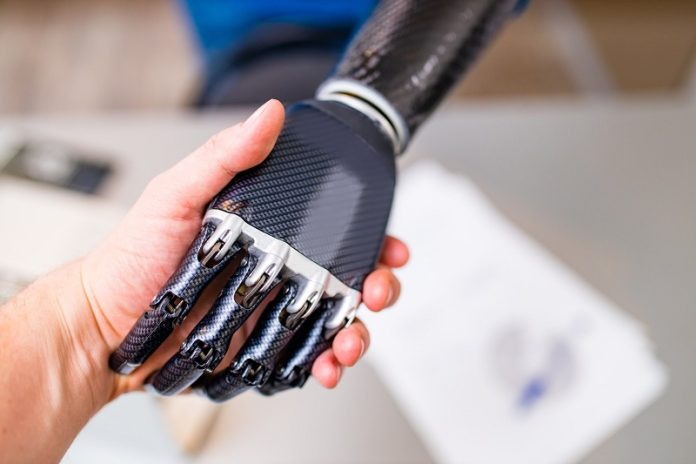
You know how cool the robots are in science fiction movies, right?
Now imagine if they could have muscles just like humans.
A group of researchers from Penn State University is bringing this concept closer to reality with their latest study on a new type of ferroelectric material.
Before we dive in, let’s understand a few things. An actuator is a component that changes its shape when it’s exposed to certain forces like electrical energy.
In simpler terms, an actuator is like a muscle – it moves or changes shape when you apply some force to it.
Traditionally, actuators are hard materials. But the researchers have been working on soft actuators using ferroelectric polymers.
These are soft, flexible materials that could change their shape much more than hard materials, making them a better match for human muscles.
Ferroelectric materials are really cool because they can convert electrical energy into mechanical energy (movement).
When they’re hit with an electric charge, they change shape, which makes them super useful for things like movement in robots or precise control in devices like inkjet printers.
Ferroelectric materials can be either ceramics or polymers. Polymers are made of many similar parts connected together – like how a pearl necklace is made of many pearls.
Polymers can produce a lot more shape change than ceramics when an electric field is applied, which is what we need for actuators.
However, there’s a catch. The challenge is that these polymer actuators need a high amount of electric field to change shape, and they can’t generate a lot of force.
So, the researchers thought about a new solution. They decided to create a special composite – a combination of ferroelectric polymer and nanoparticles. It’s like adding sprinkles to your ice cream, but the sprinkles help the ice cream change shape when you apply an electric field!
This new composite could react to a much lower electric field than normal, thanks to an approach called Joule heating.
In Joule heating, passing electric current through a conductor produces heat. This heat is then used to cause a shape change in the nanocomposite polymer, making it work with less than 10% of the usual electric field.
So, this could mean we’re getting closer to having robots that could move and act like us, using what we might call “artificial muscles”.
The low requirement for the electric field makes this new material suitable for a bunch of different applications like medical devices, optical devices, and of course, robots.
Just imagine – this could lead to the creation of robots that can perform delicate tasks or move in ways that were not possible before.
It’s an exciting step forward in the field of robotics, bringing us one step closer to the world of science fiction! The study was recently published in Nature Materials.
Follow us on Twitter for more articles about this topic.



